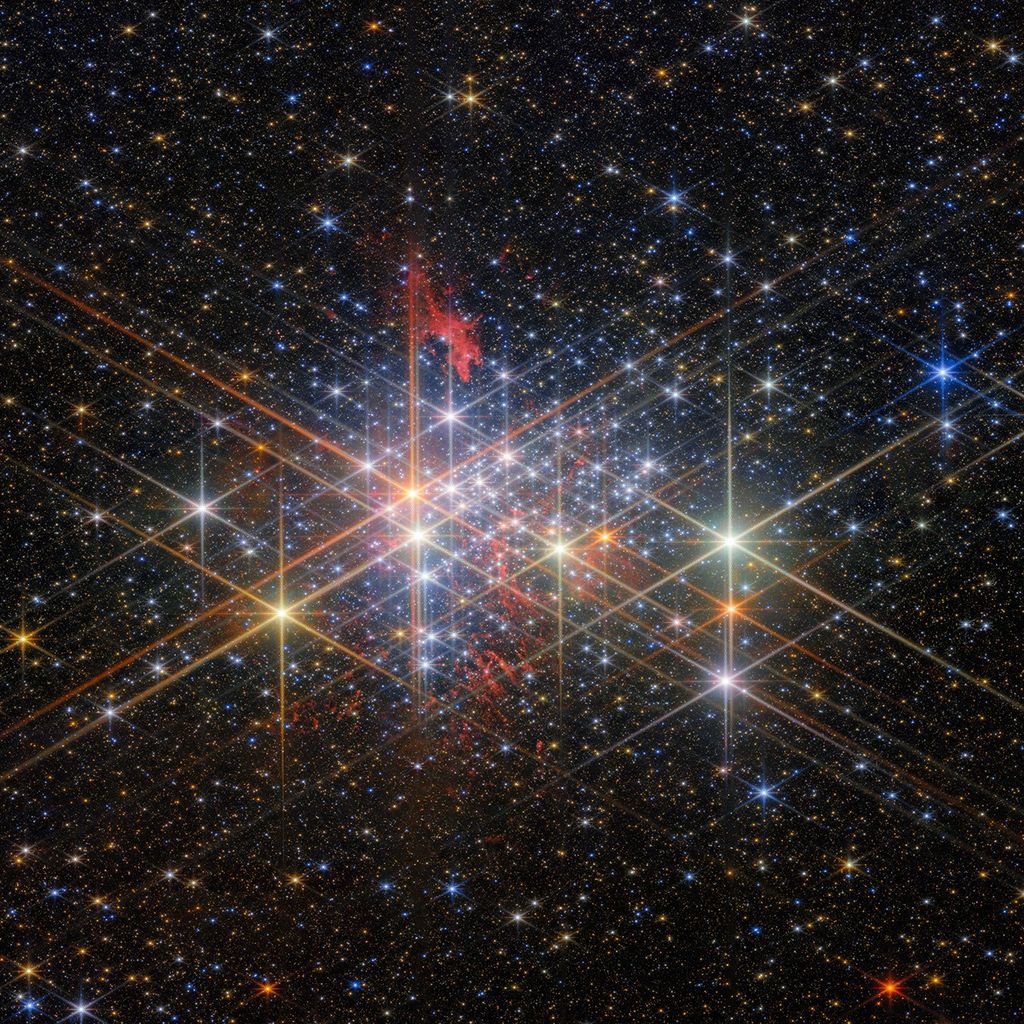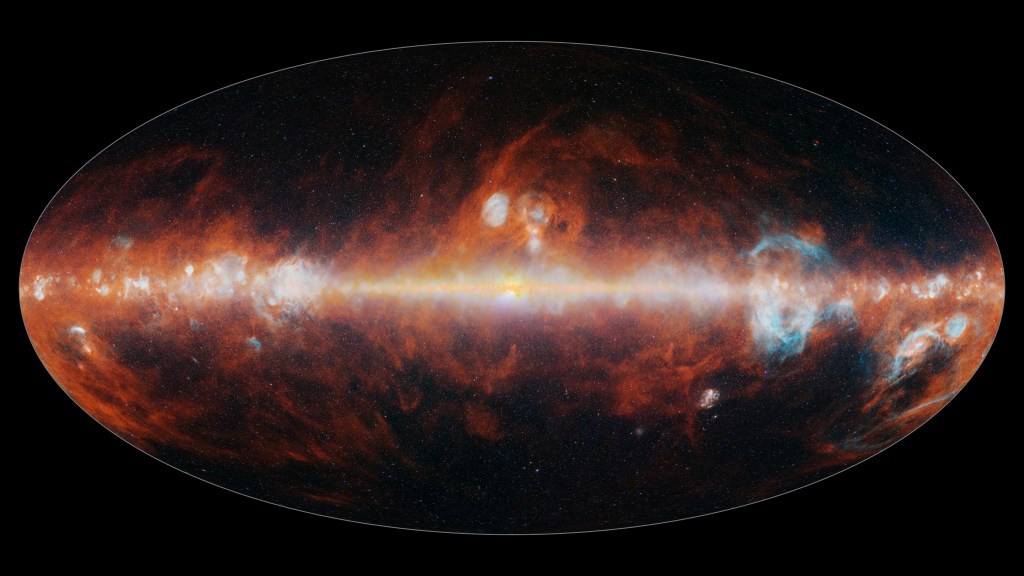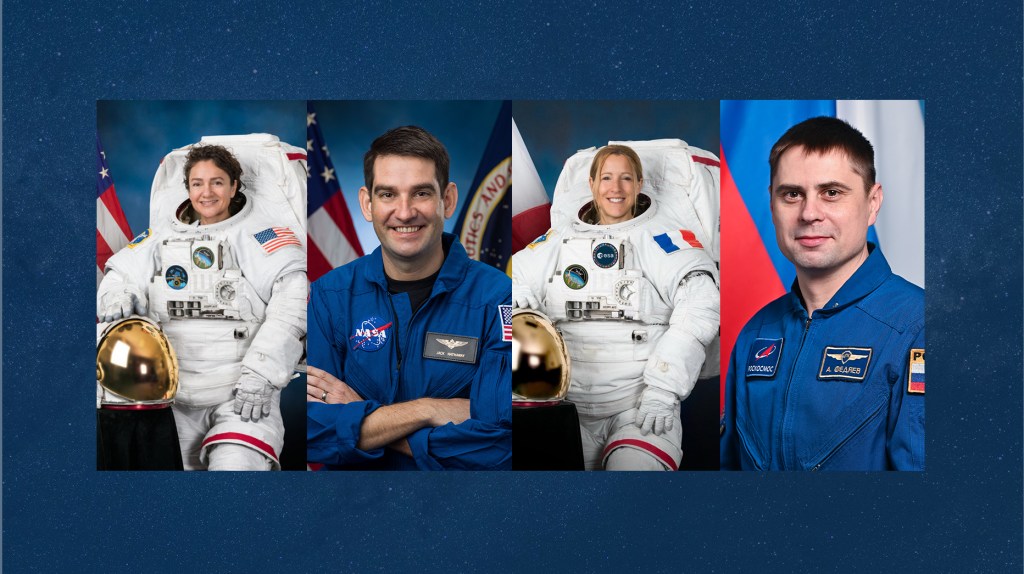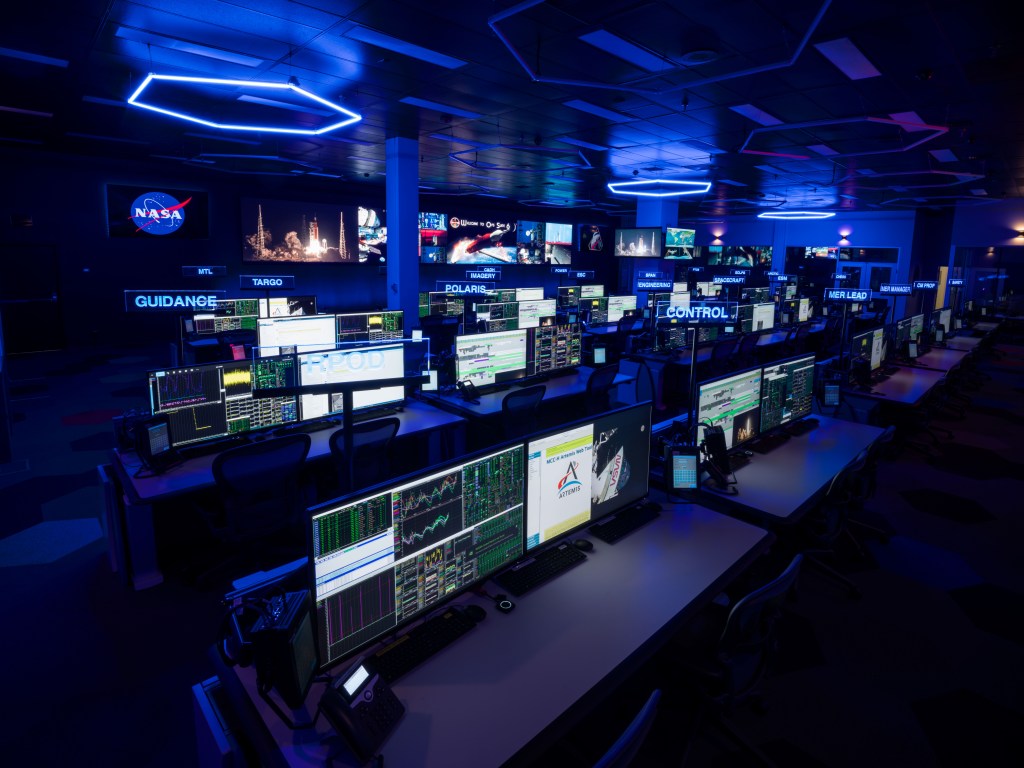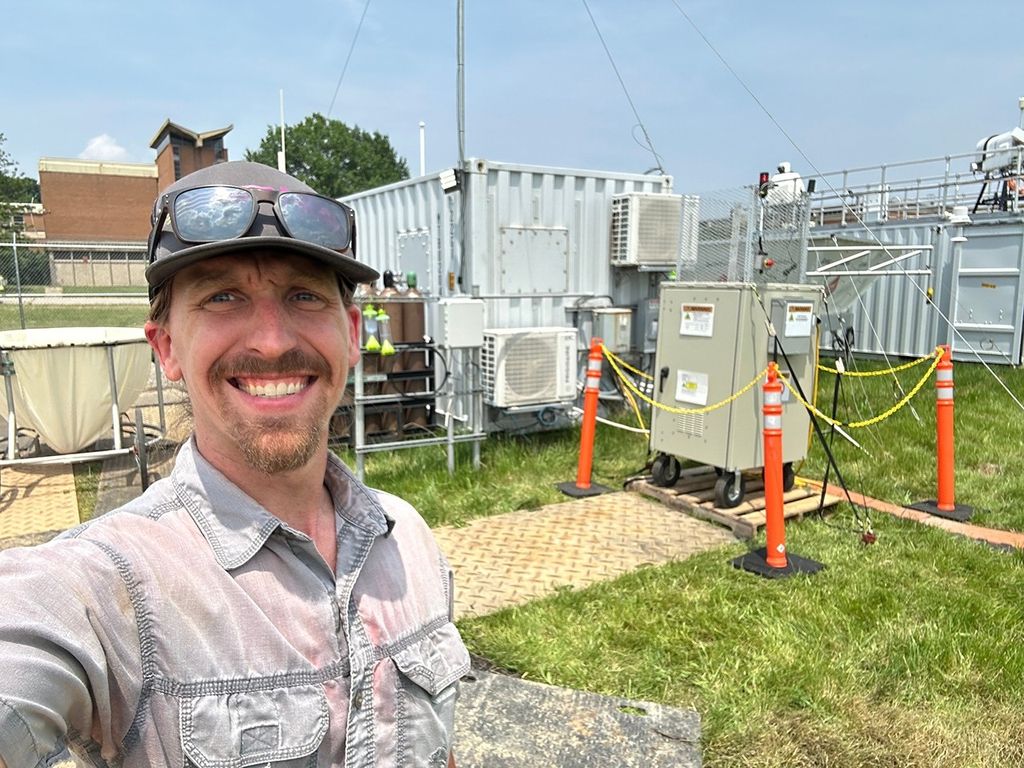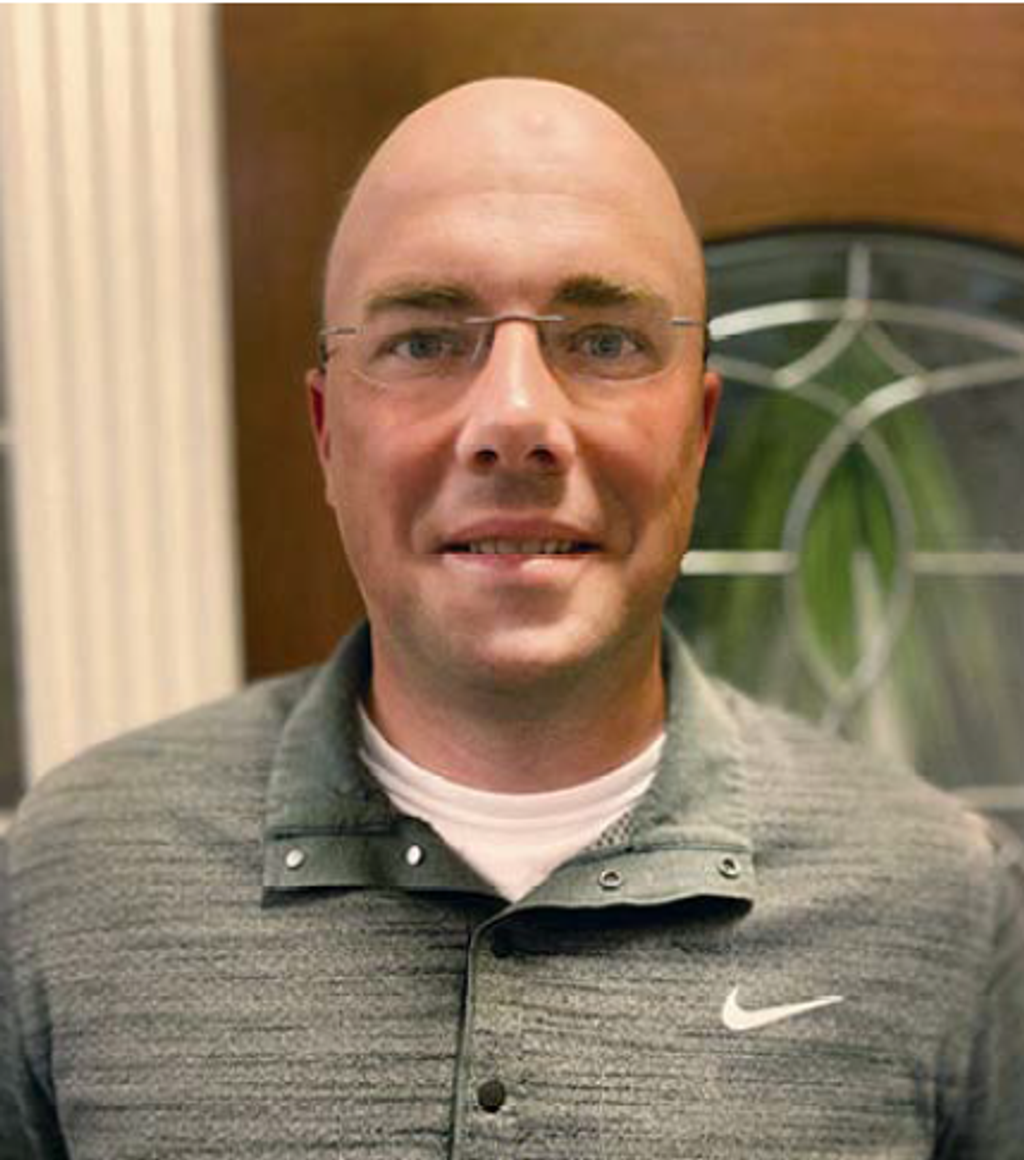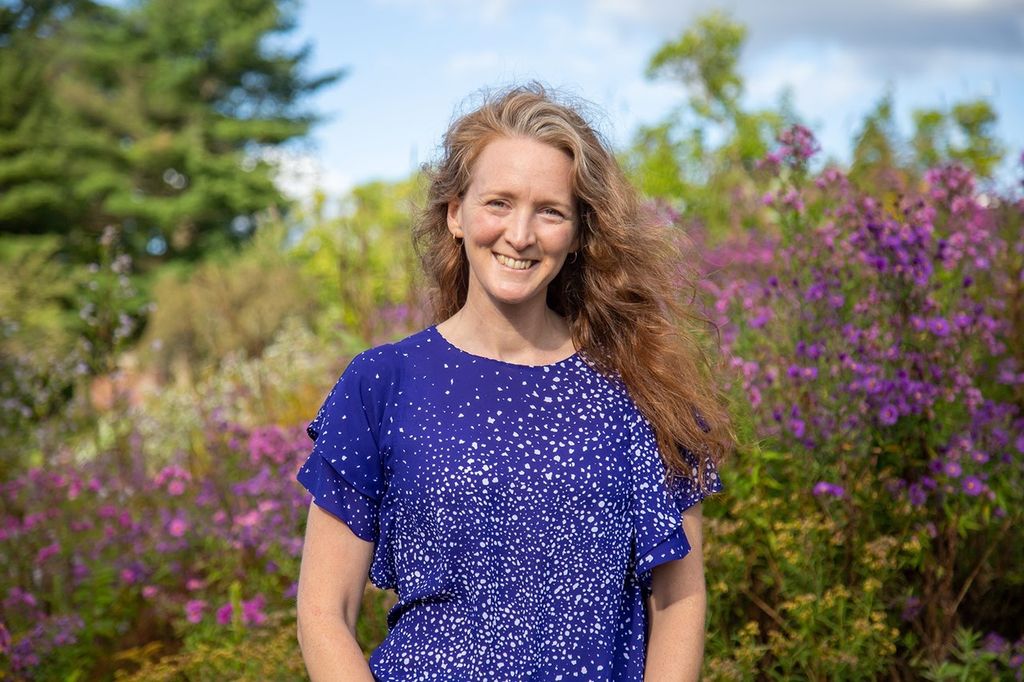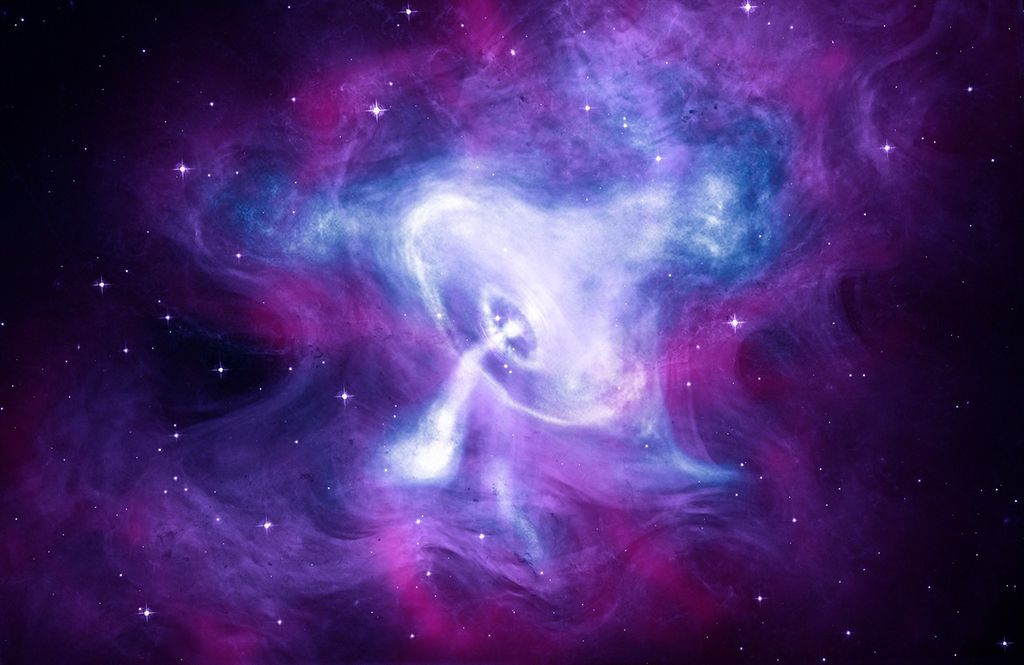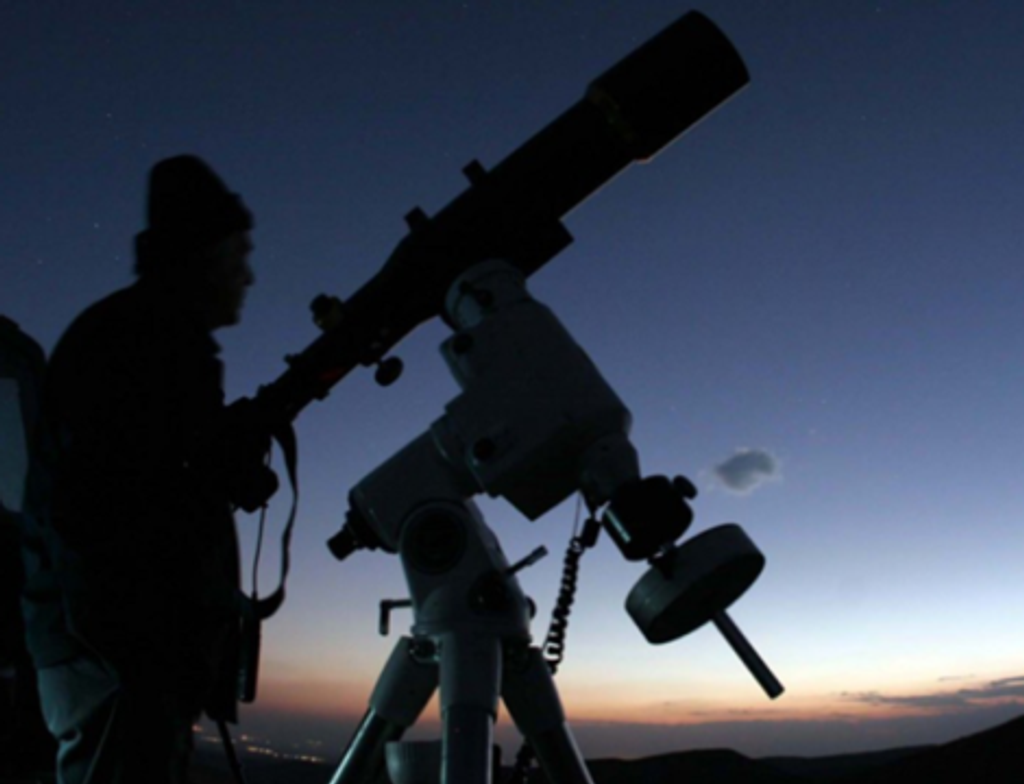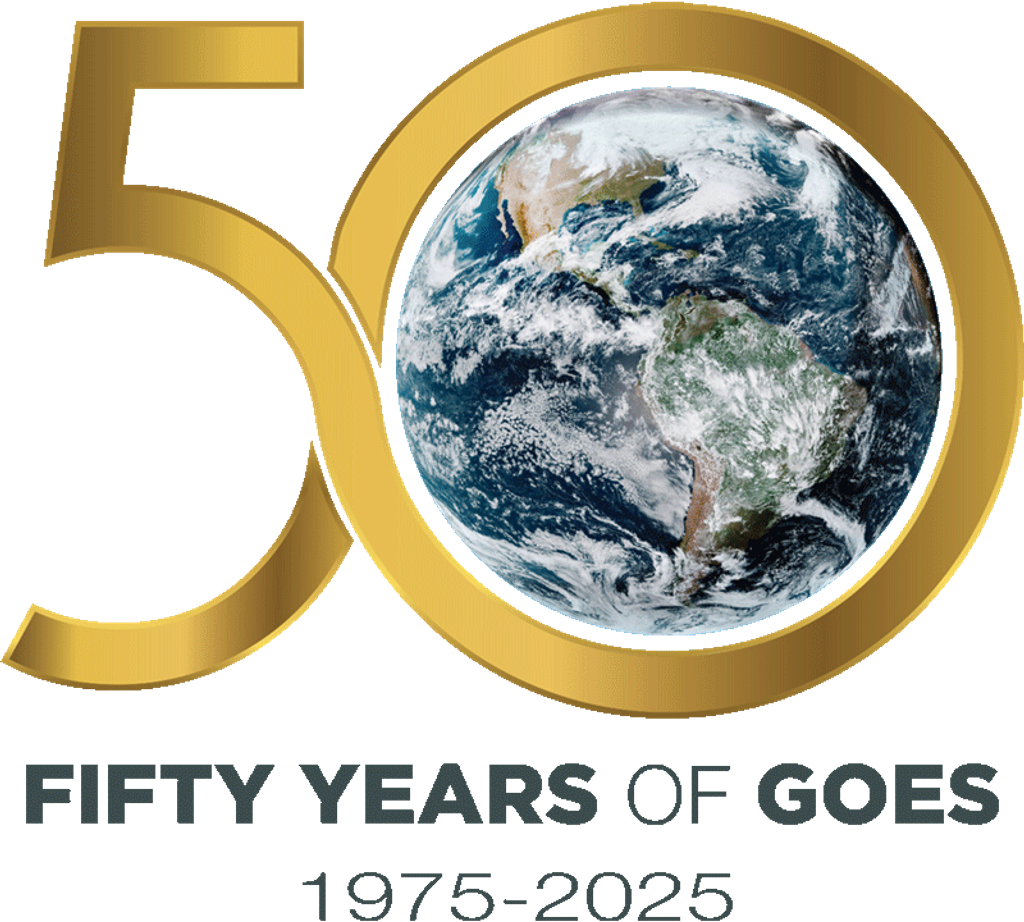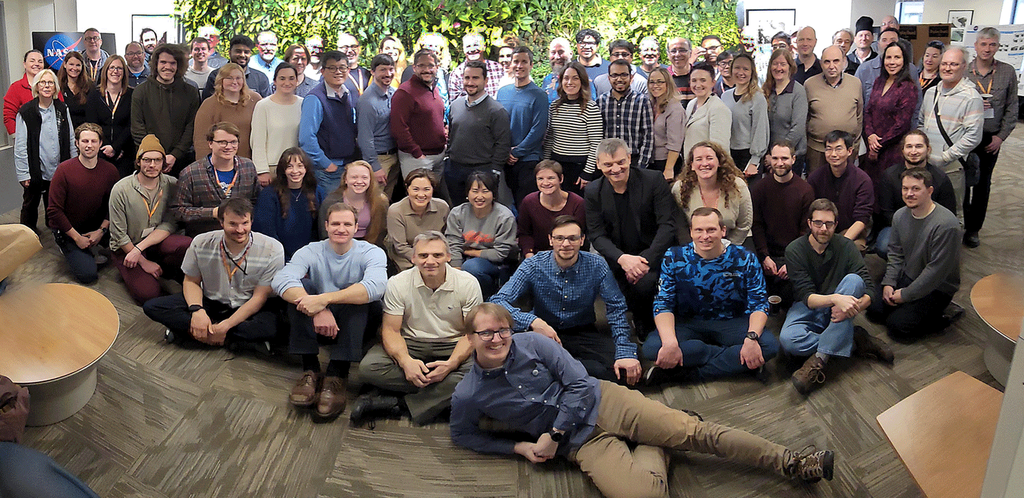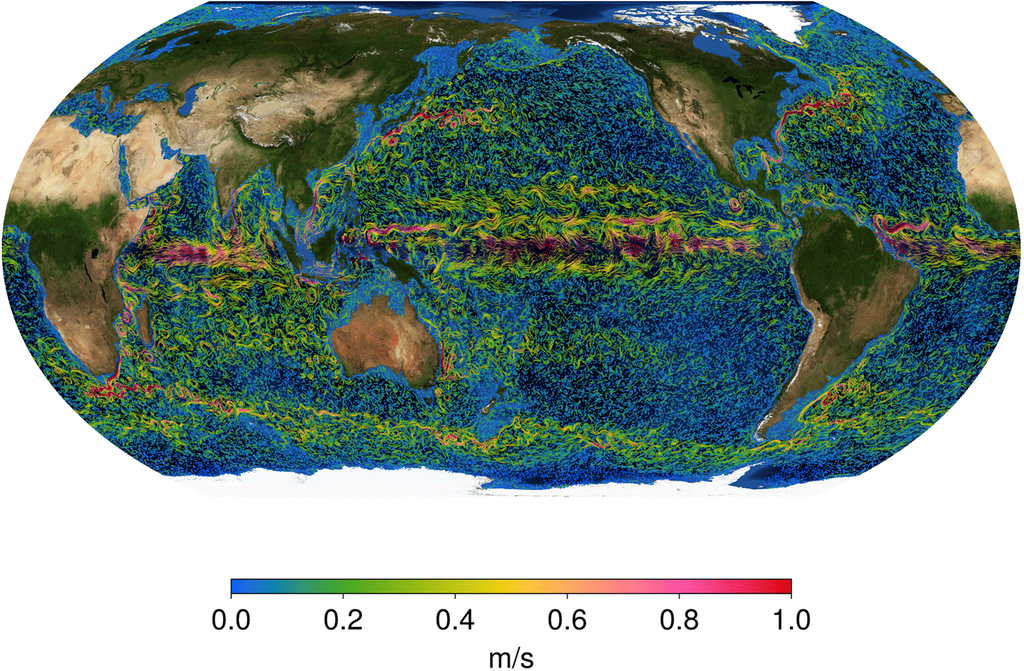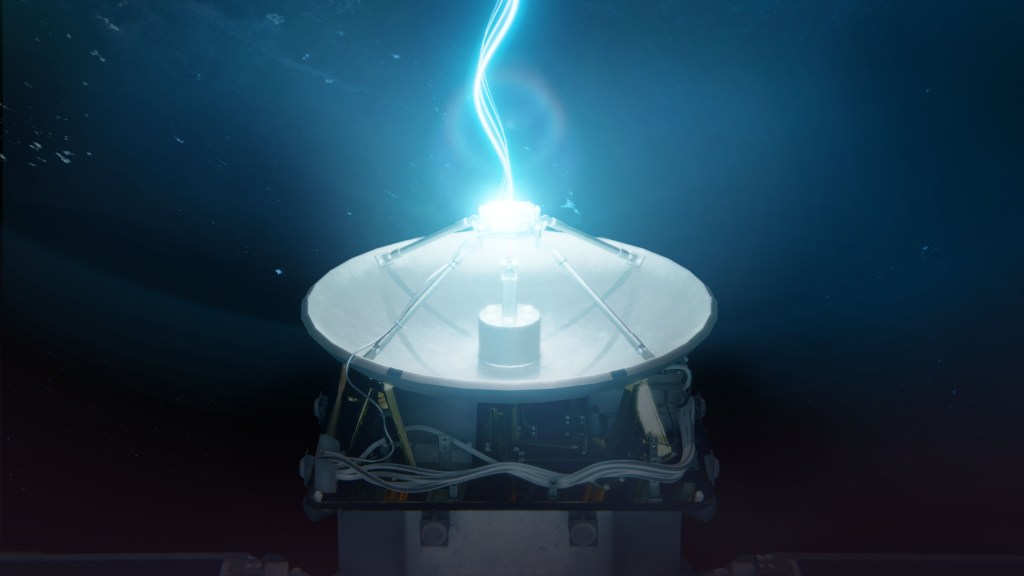The technology transfer program at NASA’s Langley Research Center in Hampton, Virginia, has enjoyed many successful years. However, 2017 set a record as the most bountiful time yet in licensing technologies for the team.
“Our licenses are a strong program metric of success,” said Jennifer Hubble-Viudez, licensing specialist on Langley’s Technology Partnerships Team located in the Office of Strategic Analysis, Communications and Business Development.
In fiscal year 2017, the team completed 31 licenses, a record for the agency. NASA’s Glenn Research Center in Cleveland, Ohio, had held the record with 23 licenses.
“We see the 31 newly executed licenses as companies that could have a great impact for the consumer,” said Kathy Dezern, Langley’s lead for technology partnerships.
The accomplishment earned Langley a trophy from NASA Headquarters.
“It’s one of NASA’s missions — to disseminate NASA’s technology as widely as possible to benefit humankind,” Hubble-Viudez said. “You feel powerful, yet humble at the same time, by being a small part of something big that can potentially help hundreds of thousands of people across the globe.”
The technologies aren’t seen on the market immediately, Dezern said, because typically takes two to five years for a company to get a product on the shelf.
One of the licenses is the Macro-Fiber Composite, which is designed to control vibration, noise and deflections in composite structural beams and panels.
From cars to tennis rackets
Smart Material Corp. licensed the technology from Langley in 2002. To date, the company has sold it to hundreds of customers, including such industry giants as Volkswagen, Toyota, Honda, BMW, General Electric and the tennis company HEAD.
Consumer applications already on the market include piezoelectric systems as part of audio speakers, phonograph cartridges and microphones, and recreational products requiring vibration control.
“Our team works to inform the public about our technology transfer program and to demonstrate the potential relevance of the technology’s applications to everyday life,” Hubble-Viudez said, adding that her team painstakingly works to ensure the transfer has a high probability of success in the commercial world.
NASA actively seeks partnerships with U.S. companies that can license agency technologies in various industries such as health and medicine, consumer goods, transportation, renewable energy, and manufacturing. NASA’s centers across the country — including Langley — have helped dozens of companies develop revolutionary spinoff technologies.
“We work closely with private industry by matching their technical needs to our patented technologies,” Dezern said. “There is great gratification in seeing a technology move from idea to product.”
The team attributes much of its success to its ability to approach their work with ingenuity.
“We develop creative ways to market Langley’s intellectual property,” Hubble-Viudez said. “We have a small team, but the largest patent portfolio in the agency. A big part of our job is simply getting the word out that NASA has a technology transfer program and technologies that are ready to be licensed.”
A recent successful initiative developed by the team is Langley’s Fast Track To Market competition, which is modeled after the TV show “Shark Tank” in which investors hear proposals from would-be entrepreneurs. That idea has been adopted by the agency as well as other government entities, Hubble-Viudez said.
“The program serves as a great example of how to get a technology to the market place quickly and to the right licensee,” she said.
- For more information on Langley’s Technology Transfer Program, click here.


